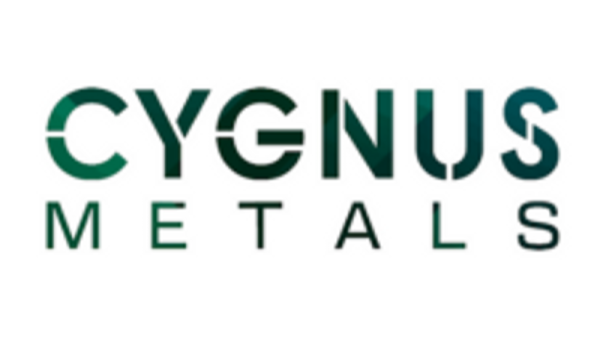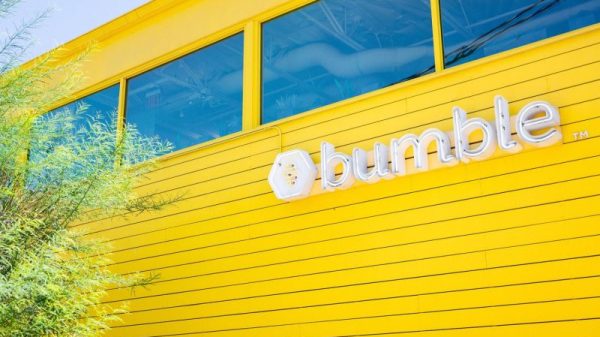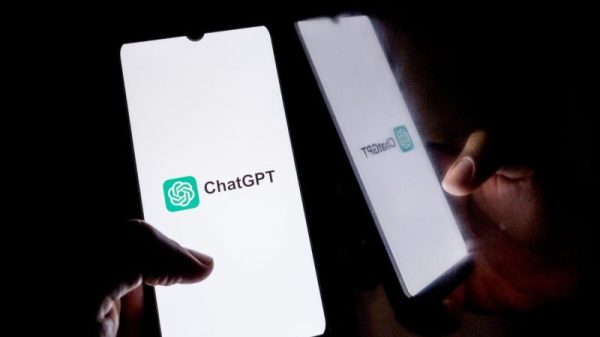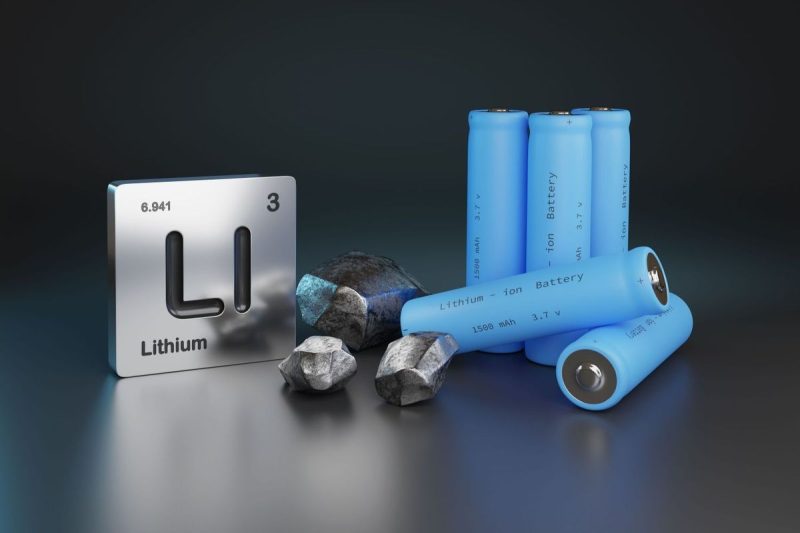Prices for lithium continued to sink during Q2, falling to lows unseen since 2021.
Oversupply, weaker-than-expected electric vehicle (EV) sales and a stalling energy storage sector have impeded lithium’s ability to regain momentum, with lithium carbonate equivalent prices hitting US$12,610.44 per tonne at the end of June.
During a discussion at this year’s Fastmarkets Lithium and Battery Raw Materials conference, Zihao Lee, Fastmarkets price reporter, gave an overview of the current state of the overall lithium market.
“The global market is at a surplus of 180,000 tonnes of lithium carbonate equivalent,” he said. “The global lithium surplus is largely a result of a production ramp over the past few years, when prices were at their historical highs.”
Much of that increased production has come out of China, where domestic lithium carbonate equivalent output grew by a whopping 44 percent in 2023. On Mainland China, production climbed to 275,000 tonnes, while Chinese operations in Africa and South America delivered 30,000 tonnes of the material.
Although China ranks third in the world for annual lithium mine production, the nation dominates the refinement segment, which allows it to leverage control over global price dynamics, according to Lee.
“Different regional markets share similar pricing restraints, with Chinese lithium prices determining the direction of lithium prices,” he said. “Because China manages 70 percent of global lithium-refining capacity, it is the biggest consumer in the world and the country also has the most active spot lithium market.”
As new lithium projects get sidelined due to low prices, what other factors are shaping the lithium market in 2024? Read on for a look at key events during Q2 and what experts see coming heading into the second half of the year.
April: Oversupply keeps lithium prices low
Lithium carbonate equivalent prices slipped to US$14,780.57 at the start of April, but had clawed back to a Q2 high of US$15,503.96 by April 9. They then began a consolidation period that would last for the rest of the quarter.
Prices for lithium hydroxide on the London Metal Exchange remained flat from the start of the year.
“Regional markets have begun to converge to similar levels (against) the backdrop of a bearish market globally and oversupply concerns,” said Lee at the Fastmarkets event, which was held in Las Vegas, Nevada.
With prices locked in a downward trajectory, Will Adams, head of base metals research at Fastmarkets, warned of the sector’s precarious state in his presentation at the conference. “The lithium market is in a difficult space — low prices are putting the brakes on development, when in reality there is no time to waste,” he said.
In the long term, demand for lithium carbonate equivalent is set to increase to 2.5 million tonnes by 2030, a substantial difference from the 292,000 tonnes of demand recorded in 2020.
As Adams explained, this increased demand will be satiated from a “more diversified supply base.”
Some of that new supply could come from Piedmont Lithium (NASDAQ:PLL,ASX:PLL), one of North America’s leading lithium suppliers. On April 17, the lithium miner announced that the North Carolina Department of Environmental Quality had approved a mining permit for its Carolina lithium project in Gaston County.
The open-pit lithium mine could play a key role in the North American lithium supply chain.
Further down the supply chain, Honda Motor (NYSE:HMC) revealed plans to invest C$15 billion to build a comprehensive EV value chain in Canada. In a late April announcement, the company said the funds will be used to construct an EV plant and a separate EV battery facility in Alliston, Ontario, slated to begin production in 2028.
Another portion of the investment will establish a cathode active material processing plant and a separator plant.
According to Honda Motor, once open, the EV plant will be able to produce 240,000 vehicles annually, while the battery plant will have a capacity of 36 gigawatt hours per year.
May: Tough financing environment for lithium juniors
Despite the difficult price environment, S&P Global data shows that juniors saw some positivity in Q2.
According to the firm, funds raised by junior and intermediate mining companies soared 179 percent month-on-month in April to reach US$1.38 billion, following a slow start to 2024.
The supersized amount represented the highest monthly total in 10 months, and was driven by a 14 percent increase in financings and several high-value deals. The surge was led by the lithium and copper sectors.
However, this energy-driven momentum didn’t last long.
“After nearly tripling in April, funds raised by junior and intermediate mining companies fell 16 percent to US$1.16 billion in May,” a subsequent S&P Global report states. “The decline was fueled by lower copper and lithium financings and partially offset by an increase in gold financing, which rose for a fourth consecutive month.”
As Fastmarkets’ Lee explained during his presentation, the market glut and weak prices have been especially challenging for junior miners and lithium companies in the intermediate stage.
Commenting on incentive prices, he noted, “They usually sit around US$20 to US25 per kilogram per for battery-grade lithium chemicals. Currently, according to Fastmarkets’ assessments, battery-grade lithium chemicals sit below US$15. Therefore, access to capital for new project development or existing production expansion could be challenging.’
This hindrance to the project pipeline could make the market swing back into deficit as early as 2028, said Lee.
June: EV makers sign strategic deals despite sales concerns
As the last month of Q2 unfolded, concerns about weakened EV sales in the EU and Europe continued to apply pressure to lithium demand and prices. Adams noted that Chinese demand growth is set to dip from 113 percent in 2022 to 32 percent this year, while in Europe it’s projected to fall from 44 percent in 2022 to 7 percent in 2024.
However, the most pronounced decline is anticipated to be the US market, where demand growth will fall from 81 percent in 2022 to a meager 4 percent in 2024.
These drops are the result of first-adopter saturation, as well as consumer concerns about affordability, range and charging infrastructure, said Adams. There are also mixed signals from OEMs and governments.
Those challenges didn’t inhibit EV makers from penning large-scale deals at the end of Q2.
In mid-June, sector major SQM (NYSE:SQM) announced that its subsidiary, SQM Salar, had secured a long-term agreement to supply lithium hydroxide to Hyundai Motor (KRX: 005380) and Kia (KRX: 000270).
‘We are incredibly proud to announce this supply agreement with Hyundai and Kia,’ said Carlos Diaz, CEO of SQM Salar, at the time. ‘By providing these world-leading EV manufacturers with high-quality battery-grade lithium hydroxide, we are actively contributing to a more sustainable future.’
Earlier in the month, SQM partnered with Codelco, Chile’s state-owned copper miner, to jointly exploit lithium and other resources in the Salar de Atacama. The venture aligns with Chile’s strategy to nationalize its lithium industry, leveraging its status as the holder of the world’s largest lithium reserves and a leading producer of the battery metal. Under the nationalization plan, Codelco will hold the majority stake in the joint venture. The partnership entails merging Codelco’s subsidiary, Minera Tarar, with SQM’s subsidiary, SQM Salar, to boost lithium production through 2060.
Other notable news events from June include Volvo’s (STO:VOLV-B) introduction of a ‘battery passport’ for its EX90 electric SUVs, enhancing transparency in the supply chain. This digital tracker, developed with British firm Circulor, verifies the origins and recycled content of raw materials like lithium, cobalt, and nickel used in EV batteries.
The battery passport aims to ensure responsible sourcing and improve sustainability.
Available in the EU and US starting this year, customers can access the information via an app or QR code in the vehicle, leveraging Circulor’s blockchain technology for secure tracking.
To end the quarter, SQM announced plans to pilot test direct lithium extraction technologies with a goal of selecting one or more for long-term use by 2025. ‘We would like to have multiple direct lithium extraction solutions,’ Diaz said on stage during the Fastmarkets conference. ‘It’s difficult to choose one that is going to fit and be suitable for all kinds of different chemicals that can be in different types of brine.’
Looking ahead, Adams noted that the lithium market is consolidating in an environment of oversupply, weak demand and high inventory. He added that there is a risk of further price weakness due to the continued oversupply.
However, lower prices could prompt more supply restraint, helping to rebalance the market.
“We expect prices to remain flat in the short to medium term,” he said.
Securities Disclosure: I, Georgia Williams, hold no direct investment interest in any company mentioned in this article.





























